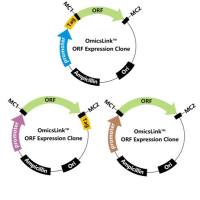Acquiring a holistic understanding of epilepsy, an intricate and often multifactorial disorder, is certain to necessitate considerable effort from a diverse and global assortment of scientists and clinicians. For most of its history, a combination of basic research with rodent models and clinical research with patients has dominated the approach of the epilepsy research community. These complementary approaches will undoubtedly remain as the ultimate direction in which research should move before new treatments for epilepsy are established, as mammalian nervous systems are exemplified by a degree of complexity, which sets them apart from those of invertebrates. Nonetheless, epilepsy researchers are inundated with inexplicable genetic, anatomical, and physiological defects, which underlie the scores of epilepsies and epilepsy syndromes. Likewise, the techniques required for effectively characterizing the underlying defects associated with epilepsy via mammalian systems are not only laborious and time consuming but also costly. Because epilepsy represents a significant disease burden worldwide ( 1) , there is a serious need to accelerate research by considering non-traditional approaches. The subject of this chapter is one such promising approach that employs what is often described as the “most understood animal on the planet”, a nematode, known as Caenorhabditis elegans .






